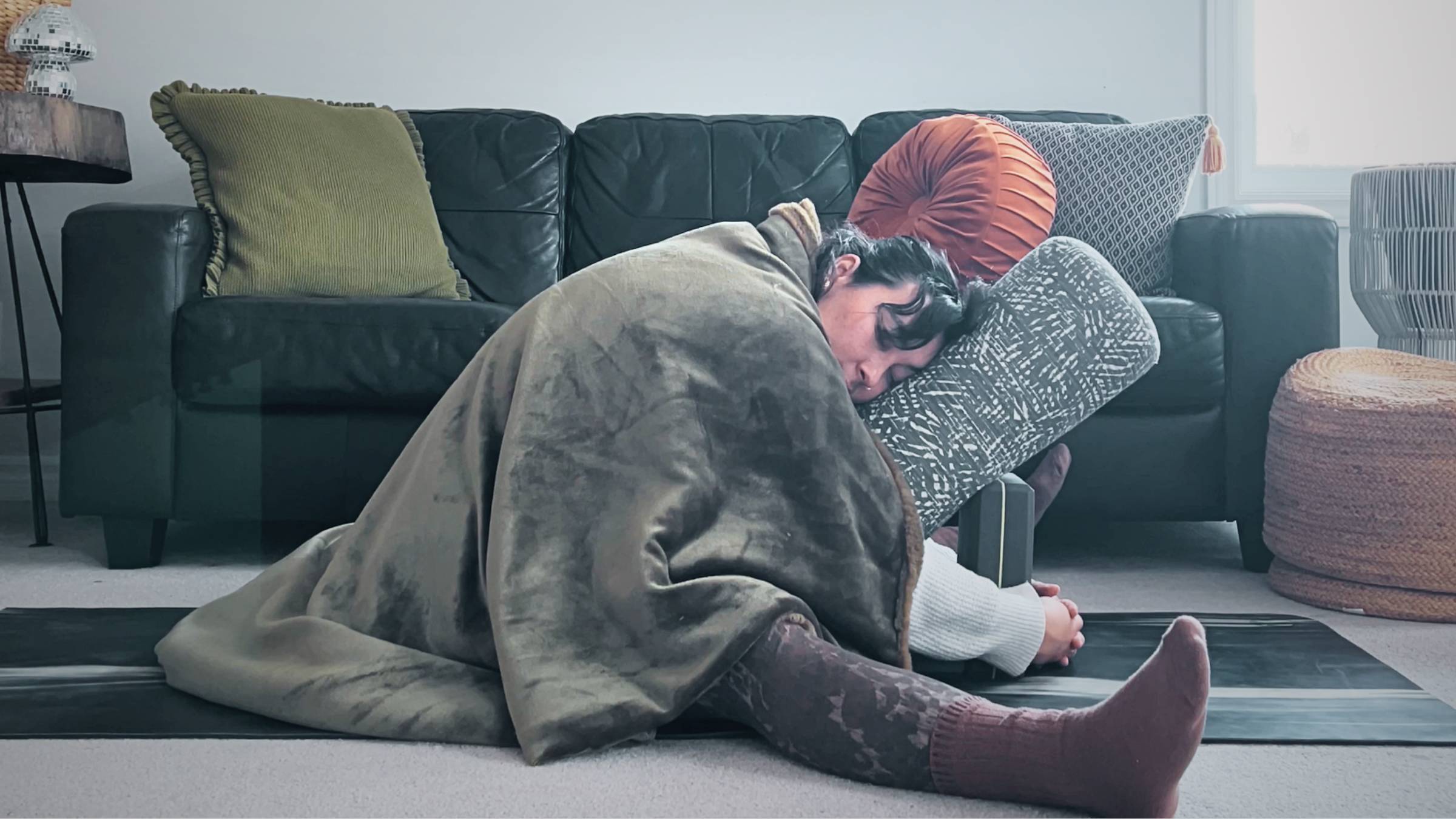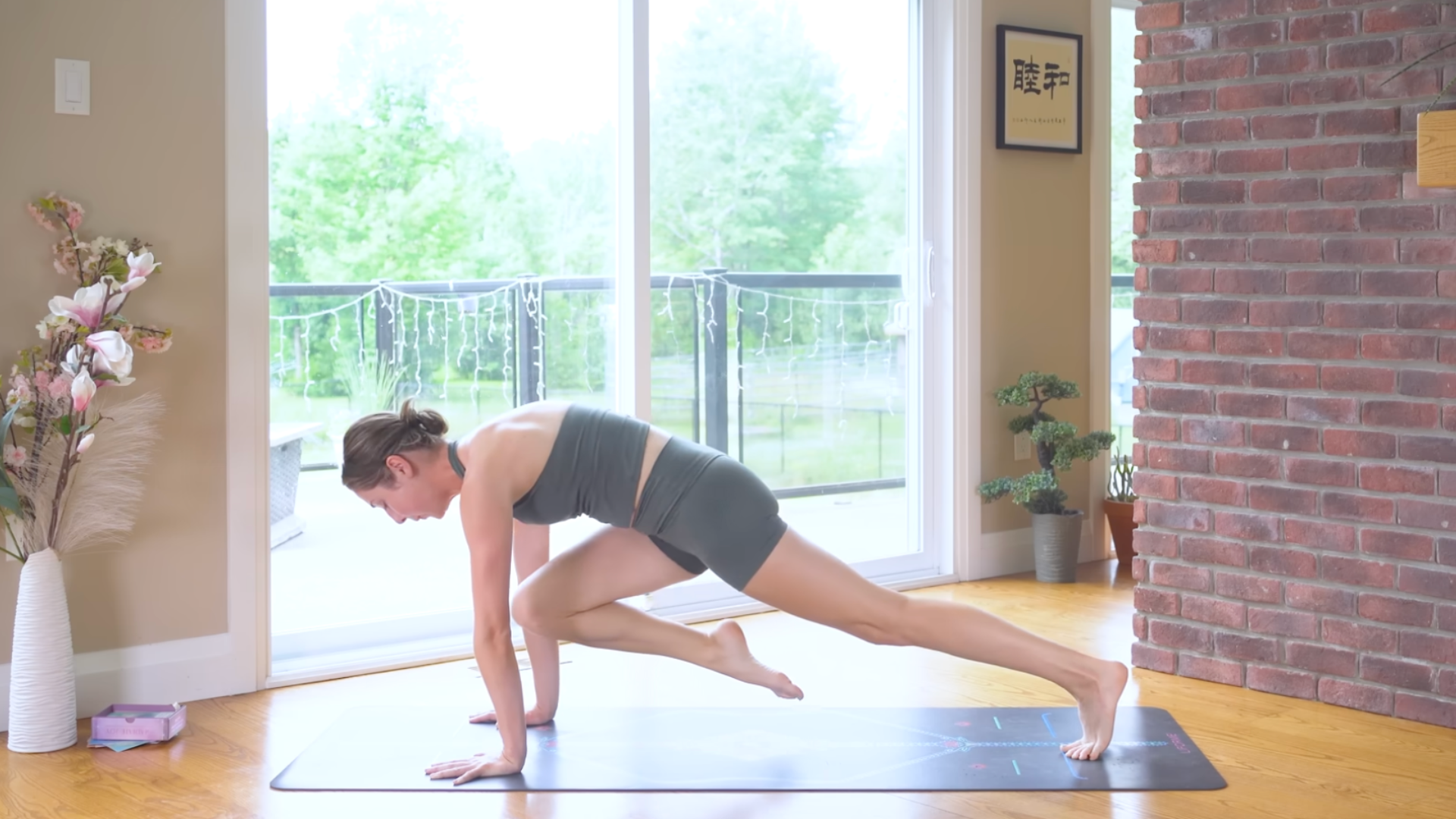I started practicing breathwork seeking relief from anxiety. Those early sessions gave me powerful tools for emotional regulation that medication alone hadn’t provided. Later, as I developed a yoga practice, I became curious about pranayama. What surprised me was how the two approaches complemented each other. The emotional release of breathwork helped clear blockages that made subtle pranayama practices more effective. Meanwhile, the daily discipline of pranayama gave me a foundation that made breathwork sessions more productive and integration easier.
Disclosure: This post may contain affiliate links. If a purchase is made through these links, we may earn a commission at no extra cost to you. Your kind support helps us create more mindful articles!
Now I view them as different tools in my wellness toolkit—reaching for different practices depending on what I need. Sometimes that’s the gentle regulation of alternate nostril breathing; other times it’s the cathartic release of a vigorous breathwork session.
What is Breathwork?
Breathwork encompasses various contemporary techniques using conscious breathing to enhance physical, emotional, and mental wellbeing. The movement gained traction in the late 20th century. These breathing techniques gained momentum in the 1970s, but they’ve absolutely exploded in popularity over the last decade[1].
Most modern breathwork approaches emphasize emotional release, stress reduction, and accessing different states of consciousness. You’ll find these sessions offered in therapy offices, at weekend retreats, or increasingly, through online platforms and apps.
Today’s breathwork landscape includes many approaches:
- Holotropic Breathwork: Created by Stanislav Grof, this method uses rapid, deep breathing to access altered states of consciousness. It can feel quite intense, as it promotes powerful emotional releases.[2]
- Wim Hof Method: This combines deep, rapid breathing followed by breath retention with cold exposure and meditation.
- Transformational Breath: Developed by Judith Kravitz, this technique uses connected (continuous) breathing without pauses between inhales and exhales.[3]
- Box Breathing: Known for its ability to calm the mind, this exercise involves equal counts for inhale, hold, exhale, and hold. It’s often used by military folks and athletes to improve focus and performance.
- Resonant or Coherent Breathing: This uses slow breathing at about 5-6 breaths per minute to optimize heart rate variability and promote relaxation.[4]
- Five-Finger Breathing: A mindfulness technique where you count each finger as you inhale and exhale. It’s a great way to stay grounded and calm when you’re feeling overwhelmed.
- Pursed Lip Breathing: Involves inhaling through the nose and exhaling slowly through pursed lips. It’s used in respiratory therapy to help with oxygen exchange and help with shortness of breath.
- Circular Breathwork: This focuses on breathing continuously without pausing between the inhale and exhale, similar to transformational and rebirthing practices. The continuous flow can create a deep meditative state. It encourages emotional release and self-awareness.[5]
What is Pranayama?
Pranayama is an elemental part of classical yoga’s ancient practice. The word breaks down into “prana” (life force or vital energy) and “ayama” (extension or control), and is commonly translated as “yogic breathing.” In yogic philosophy—detailed in texts like Patanjali’s Yoga Sutras and the Hatha Yoga Pradipika—pranayama refers to techniques to amplify and regulate the flow of prana throughout the body.
The pranayama toolkit includes various techniques. Specific rhythms create different energetic effects—energizing, calming, balancing, or focusing. Some techniques involve mindfully regulating inhalation (puraka), exhalation (rechaka), and breath retention (known as kumbhaka). Other practices use internal locks (bandhas) direct energy flow within the body.
Six Key Differences Between Breathwork and Pranayama
Understanding these differences helps you choose the approach that best serves your needs:
1. Philosophical Foundations
2. Breathing Techniques
- Breathwork often employs continuous, vigorous breathing patterns. Some approaches deliberately lead to a temporary state similar to hyperventilation to produce cathartic releases or altered states.
- Pranayama emphasizes precision and control. Techniques are methodical, with specific ratios, nostril patterns, and retention phases. The breath typically remains smooth and controlled rather than forceful.
3. Learning Progression
- Breathwork techniques can often be learned in a single session or workshop, with participants experiencing significant effects right away.
- Pranayama traditionally follows a careful progression over months or years. Advanced practices are only introduced when foundational techniques have been mastered, and often require guidance from an experienced teacher.
4. Setting and Context
- Breathwork sessions might be accompanied by music, conducted in groups for emotional processing, or integrated into therapy.
- Pranayama is traditionally practiced in a quiet environment, often at specific times of day (dawn and dusk are considered optimal), and may be preceded by asana practice and followed by meditation.
5. Practice Position
- Pranayama is usually practiced in a comfortably seated upright position. There is a strong emphasis on keeping a straight spine and proper posture to support meditation and energy flow.
- Breathwork is often practiced by lying down with your eyes closed. This encourages relaxation, inward focus, and deeper emotional experiences. [4] unitybreathwork.com
6. Safety and Contraindications
- Because some breathwork styles are intense, they may provoke strong physical or emotional responses. Certain mental health conditions may be contraindications.
- Pranayama emphasizes gradual progression under skilled guidance. Traditional teachings prioritize safety through proper instruction and readiness.
Similarities Between Breathwork and Pranayama
Despite these differences, both approaches share important common ground:
- Both recognize the breath as a powerful tool for transforming consciousness.
- Both can produce profound physiological benefits, including reduced stress, improved immune function, and better sleep.
- Both practices develop greater body awareness and mindfulness. Both can serve as gateways to deeper meditation practices.
- Many foundational forms of breathwork overlap as well. Simple diaphragmatic breathing, extended exhalation, and rhythmic breathing patterns appear in both traditions, though they might be approached or named differently.
When to Choose Breathwork or Pranayama
Goals and Preferences
- If you’re looking for emotional catharsis, trauma healing, or a therapeutic experience outside the context of yoga philosophy, modern breathwork may be for you.
- If your focus is on spiritual growth, subtle energy work, or you’re already engaged in yoga or meditation practices, pranayama might be a better fit.
Lifestyle and Accessibility
- Breathwork tends to be approachable for beginners or those uninterested in traditional yoga frameworks.
- Pranayama integrates naturally if you’re already practicing yoga asana or meditation.
Access to Instruction
- Breathwork offers easier and more flexible access to instruction through workshops, online classes, apps, and guided sessions that don’t require a deep background in yoga. Most techniques are designed to be accessible to beginners from the first session.
- Pranayama requires more specialized and careful guidance from qualified yoga teachers or experienced instructors. As the techniques can be complex—involving specific ratios, internal locks (bandhas), and precise visualizations—they need proper supervision to practice safely. Many yoga traditions actually recommend building a solid foundation in physical postures (asanas) before delving deeply into pranayama, allowing the body to develop the strength and awareness needed for these powerful practices.
Practice Tips
- Start Slow: Begin with simple and gentle techniques, regardless of which path you choose.. As you gain experience, gradually deepen your practice by increasing session length, learning new techniques, and reflecting on the effects.
- Maintain Consistency: Regular practice yields greater benefits over time.
- Listen to Your Body: Stop immediately if you feel dizzy, anxious, or overwhelmed.
- Seek Guidance: Always learn advanced practices from qualified instructors.
- Explore Resources: Look for reputable classes (in-person or online), books by experienced teachers (such as Swami Sivananda for pranayama or Stanislav Grof for breathwork), and evidence-based tutorials.
- Go Deep: If you’re interested in sharing this work with others, you may wish to explore how to get certified in breathwork. There are many different types of training programs that offer different approaches. Certification connects you with other advanced breathwork practitioners and enables you to teach classes and lead retreats to help others and earn income.
Final Thoughts
Exploring your breath—through either modern breathwork or yogic pranayama—can transform your life. Both offer powerful tools for stress management, enhanced health, and personal growth. Approach these practices with curiosity, mindfulness, and self-respect. With proper guidance and commitment, you’ll unlock breathing’s profound power.







